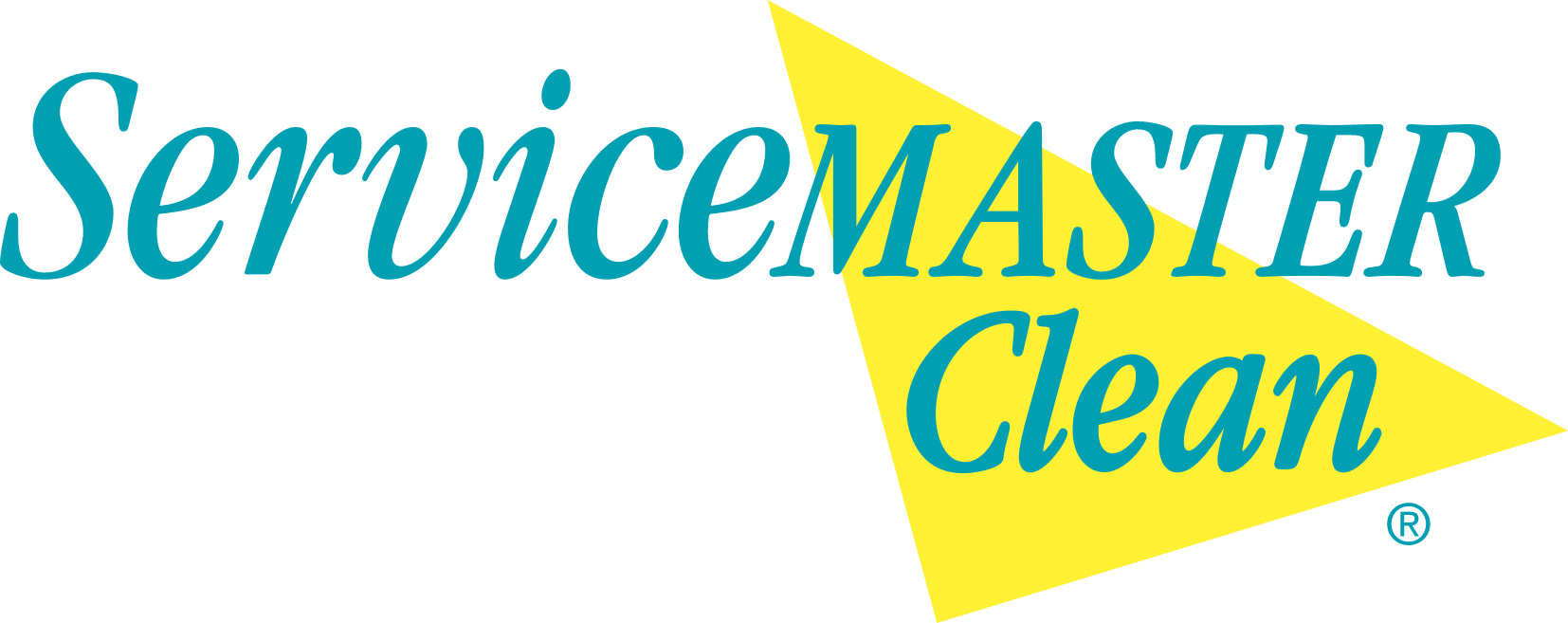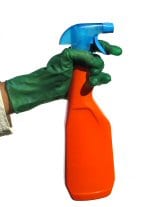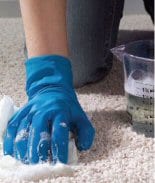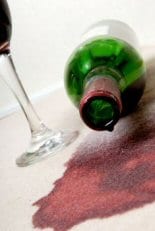Gutter Repairs
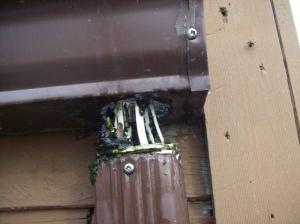 We’ve had great success with repairing numerous problems with gutter systems at various stratas. We’ve added an experienced member to our team to ensure most of these repairs can be performed.
We’ve had great success with repairing numerous problems with gutter systems at various stratas. We’ve added an experienced member to our team to ensure most of these repairs can be performed.
Issues and Repairs:
Installed on an inproper angle causing overflow before water can drain down the spout. (click here to view an article explaining this elsewhere in our blog). In many cases these sections can be adjusted so that the angle allows for proper water drainage.
Gutters pulled away from the fascia board causing leaks, and leading toward the gutter falling off the building. In many cases these can be reaffixed, so long as the board itself hasn’t rotted out behind the gutter. In some cases we can repair this as well, but a rotting fascia board should be replaced.
A hole in the gutter, causing a leak. This can usually be patched, solving the problem without needing to replace the entire section of gutter.
Gaps in the seams where caulking has worn away, causing leaks. Gaps and seams can be recaulked – but this MUST be done in DRY weather, in favourable weather conditions to allow the caulking to set. These issues should be noted and then repaired in summer months. Temperature ranges are more favourable and wet weather will just causing the caulking to run or drip out of the seam rather than repair it.
Clogged down spout, causing water to overflow over the lip of the gutter. Clogs can be flushed out, removed with a drain snake or flexible tool.
Disconnected down pipe, causing water to spray against the building and around the foundation, rather than be carried away properly by the system. These pipes can be reattached if still on site, or replaced.
Missing gutter inserts, causing the spouts to become easily plugged by leaves and debris which can cover the hole. New inserts can be placed inside, helping keep the top of the spout clear and allowing the water to drain out.
We clean your gutters, and service them as well. If you are having an emergency issue, call us. Become more proactive this year and avoid the cost of emergency call outs, get your issues dealt with promptly and have a more comprehensive gutter service set up for your stratas.
